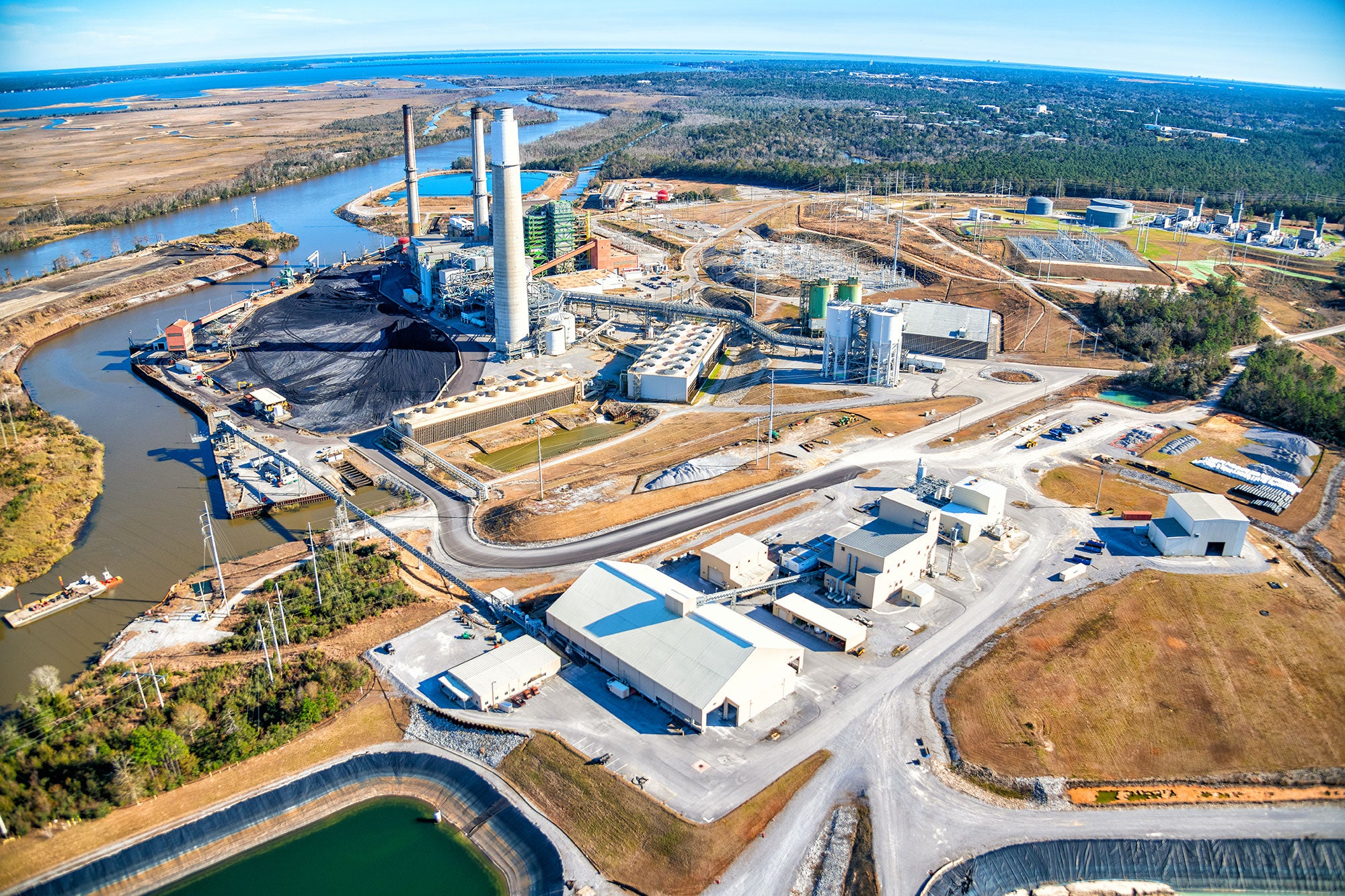Earthjustice goes to court for our planet.
We’re here because the earth needs a good lawyer.
Why the EPA’s New Carbon Pollution Standards for Power Plants Matter
This page was published a year ago. Find the latest on Earthjustice’s work.
The U.S. Environmental Protection Agency (EPA) just finalized the first-ever standards to limit carbon pollution from new gas and existing coal-burning power plants.
Oil, gas, and coal power plants account for more than a third of all U.S. carbon pollution. Until now, these plants have had a free pass to dump climate-warming emissions into the air.
For years Earthjustice has fought to clean up power plants and expedite the transition to clean energy. Here’s why these new standards are so important.
Power plants are responsible for a lot of climate pollution.
- Fossil-fueled power plants are the largest industrial source of climate pollution, responsible for more than 30% of U.S. carbon pollution, as well as other dangerous air pollution that harms our health.
- Until now, there have been no limits on the amount of climate-warming pollution that existing coal and gas-fired power plants emit.
- Cleaning up the power sector is also key to cutting carbon pollution from other sectors. As we electrify our economy, it must run on clean energy.
The EPA has the legal authority — and responsibility — under the Clean Air Act to regulate carbon pollution.
- The Clean Air Act requires the EPA to regulate emissions of air pollutants.
- A 2007 Supreme Court decision, a 2009 endangerment finding by the agency, and the Inflation Reduction Act passed by Congress all affirmed that greenhouse gas emissions must be regulated under the Clean Air Act.
- In 2022, the Supreme Court’s decision in West Virginia v. EPA preserved the EPA’s authority to regulate carbon pollution, even as it constrained the agency’s tools to set strong standards.
The EPA’s new standards are a critical step to clean up the power sector
- These new carbon pollution standards are essential to meet President Biden’s climate and environmental justice commitments.
- EPA projects the new standards will cut annual carbon emissions by the same amount as taking 328 million gas cars off the road.
- The rule will also have additional significant health benefits from reduced emissions of other harmful pollutants. The EPA estimates that in 2035 alone, the standards will avert up to 1,200 premature deaths.
- The rule leaves it up to states and sources to decide how to meet these new standards. They can choose to meet them by switching from fossil fuels to pollution-free, clean energy sources like wind and solar. That’s the future we want to see.
- As these standards are implemented, the government must listen to and address community concerns. Rigorous monitoring, verification, and enforcement are critical to make sure they are effective.
Industry scare tactics are unfounded
- For decades, industry has used scare tactics about what will happen if it is required to clean up pollution. But time and time again, they have been wrong and pollution standards have benefited the economy, public health and the environment.
- The clean energy transition is already underway, and funding from the Inflation Reduction Act is accelerating it even more. In 2024, more than 90% of new power plant capacity built in the U.S. will be clean.
- Abundant, affordable clean energy can continue to support a reliable electricity grid.
Earthjustice will continue our work to clean up power plants.
- With the support of Bloomberg Philanthropies’ Beyond Carbon campaign, we’re working at every level to accelerate the clean energy transition.
- More than 40,000 Earthjustice supporters called on the EPA to enact the strongest possible standards to reduce pollution from dirty power plants.
- As the standards are implemented, we must ensure that they reduce pollution in the communities most harmed by the fossil fuel industry.
- Meanwhile, Earthjustice and our partners will keep working to address the toxic legacy of coal and gas plants.
- We urge the Biden administration to finish the job by finalizing strong standards to tackle pollution from existing gas plants.

Originally published on May 25, 2023. Updated to reflect the finalization of the new standard.